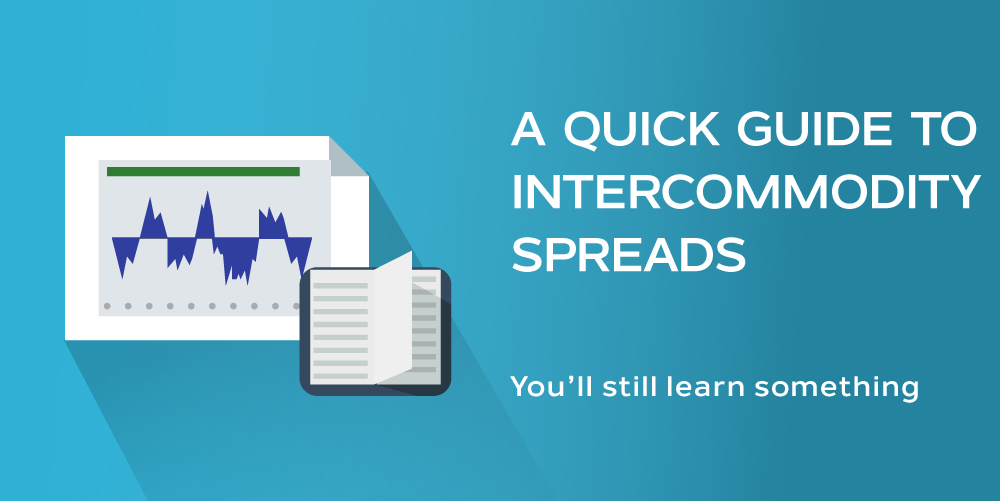
Most sophisticated traders prefer to trade spreads over outright contracts because it may have some potential advantages over a simple outright long or short position. Intercommodity spreads are some of the most popular spreads traded, and can be very appealing to commodity traders.
What is an Intercommodity Spread?
An intercommodity spread is a position that looks to take advantage of the relationship between two or more commodities. For example a trader might look to buy crude oil while selling heating oil rather than going long on crude oil.
Some of the most popular intercommodity spreads include the following:
- Wheat over corn
- Soybeans over wheat
- Bonds over notes
- The “crack” spread of crude oil, gasoline and heating oil
What you will notice about these various spreads is they all involve multiple commodities. The key to trading these types of spreads is having an understanding of the relationship between the various commodities involved.
A Quick Example
The corn/wheat spread has been trending lower in 2016. It’s ranged from wheat having about a $2.00 premium over corn, to wheat having less than an $.80 premium over corn. When this spread falls to around the mid 90s or so, the spread has exhibited a tendency to widen back out, with wheat prices showing gains that outpace gains seen in corn.
On the other hand, the spread has exhibited a tendency to shrink on the occasions that the spread has widened out to $1.50 or so.
If trading the corn/wheat spread, a trader isn’t concerned with whether corn or wheat rises or falls, but only with the relationship between the two contracts. If a trader goes long corn and short wheat, he or she is looking for the price gap between the two commodities to shrink. If a trader goes short corn and long wheat, he or she is looking for the gap in price to widen.
While intercommodity spreads aren’t any less risky than trading outright long or short positions, spreads may potentially have lower margin requirements and can exhibit seasonal tendencies.
Lower margin requirements might allow a trader to trade more size. However, gains and losses are equally magnified with the use of leverage. Adding more position size adds more leverage and as such, losses can mount quickly.
Given the number of potential spread combinations and some of the characteristics of intercommodity spreads, such strategies can have a place within a trader’s toolbox.











